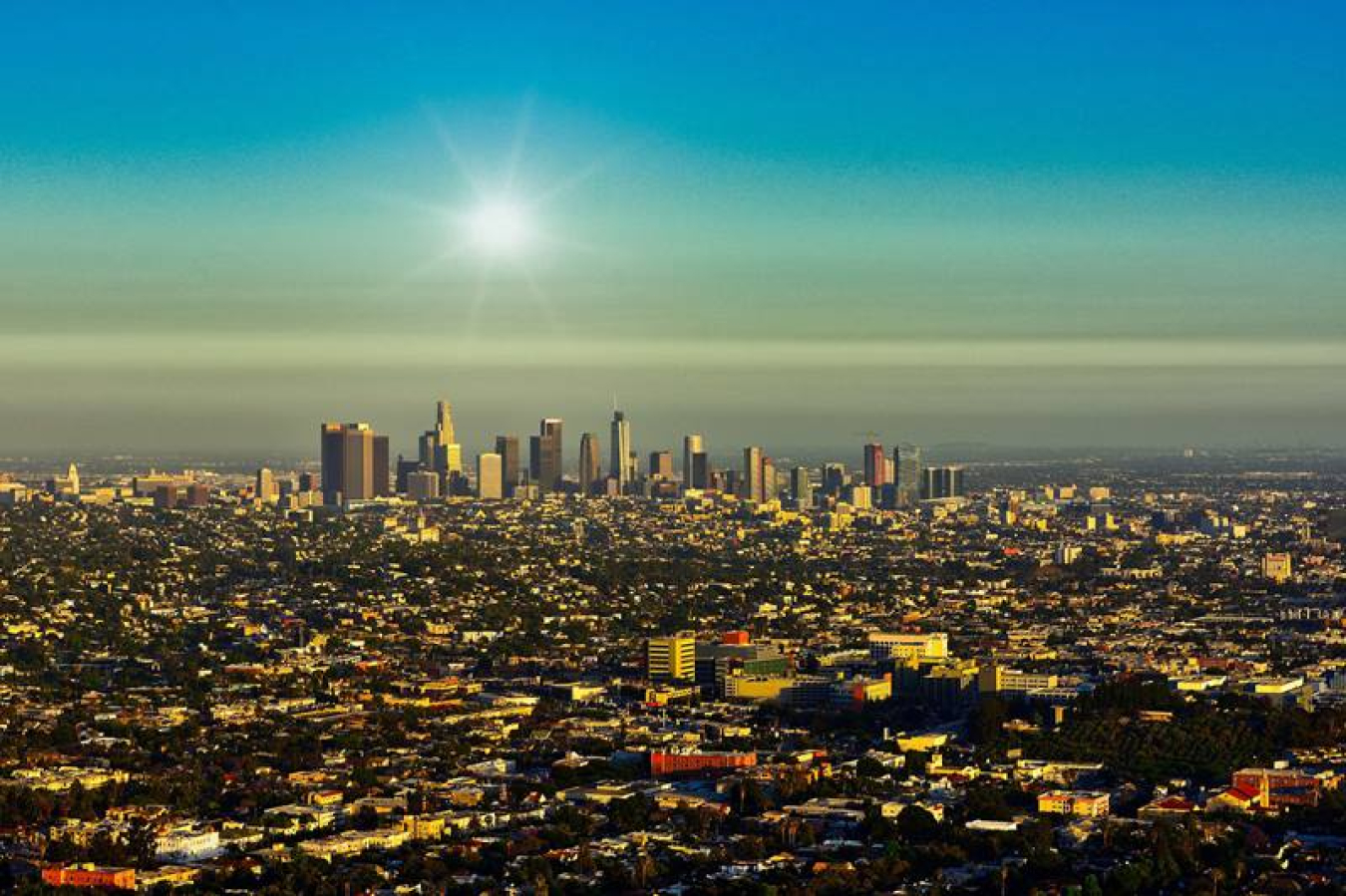
The Science
Previous research has found that heat waves and urban heat island effects reinforce each other’s effects. These heat islands are concentrations of buildings, paved areas, and other surfaces that absorb and retain heat. Emissions of heat from buildings are an important part of this heat island effect. Researchers therefore need to understand the interplay of urban microclimates and these building heat emissions. New research developed a method for modeling urban building energy and associated human-caused heat during city-wide heat waves. The researchers used the method to examine the variation over time and space in emissions of waste heat from buildings in Los Angeles. The study incorporated building type, urban microclimate, and large-scale climate conditions.
The Impact
The method provides a high-resolution representation of how buildings contribute to heat islands during heat waves. It details both the magnitude and distribution of these heating effects. The simulation indicates that heat dispersing from buildings to the urban environment increases by as much as 20 percent during a heat wave. Most of this heat is waste heat from air conditioning. The study’s results will serve as a fundamental step in continued investigations of the feedback between changes in building waste heat and urban microclimates during extreme heat events.
Summary
The world is experiencing more frequent and longer-duration heat waves. These heat waves are a serious threat to human health and the stability of electrical grids. Previous studies have identified positive feedbacks between heat waves and urban heat island effects. Heat discharges from buildings and associated energy use have significant effect on the urban environment, and researchers therefore need to understand the interactive effects of urban microclimate and building heat emissions on the urban energy balance. In this study, scientists developed a coupled-simulation approach to quantify these effects, mapping urban environmental data generated by the mesoscale Weather Research and Forecasting (WRF) model, coupled to the Urban Canopy Model (UCM), to simulate urban building energy flows. The scientists conducted a case study in Los Angeles, California, during a five-day heat wave event in September 2009.
The researchers analyzed the surge in city-scale building heat emission and energy use during the extreme heat event. They first simulated the urban microclimate at high resolution (500 by 500 meters) using WRF-UCM. Next, they generated grid-level building heat emission profiles and aggregated them using prototype building energy models informed by spatially disaggregated urban land use and urban building density data. They analyzed the spatial patterns of anthropogenic heat discharge from the building sector. They also assessed the quantitative relationship with weather conditions and urban land-use dynamics at the grid level. The simulation results indicate that during a heat wave, a rise in building energy use follows, and the associated discharge of anthropogenic waste heat from the buildings to the environment increases by as much as 20 percent on average, varying significantly, both in time and space. Notably, air-conditioning use within buildings intensifies, and resulting waste heat discharges outside of the buildings contribute most (86.5 percent) of the total waste heat transferred to the surrounding urban environment. The study also found that the waste heat discharge in inland, dense urban districts is more sensitive to extreme events than it is in coastal or suburban areas. The generated anthropogenic heat profiles can be used in urban microclimate models to provide a more accurate estimation of urban air temperature rises during heat waves.
Contact
Bob Vallario
DOE Program Manager
Multisector Dynamics
[email protected]
Jennie Rice
PI contact
Pacific Northwest National Lab
[email protected]
Andrew D. Jones
Institutional PI
Lawrence Berkeley National Laboratory
[email protected]
Funding
This research was supported by the Department of Energy Office of Science as part of research in the MultiSector Dynamics, Earth, and Environmental System Modeling Program.
Publications
Luo, X., Vahmani, P., Hong, T., and Jones, A. City-Scale Building Anthropogenic Heating during Heat Waves. Atmosphere 11, 1206 (2020). [DOI: 10.3390/atmos11111206]
Scraped from https://www.sourcearu.com




